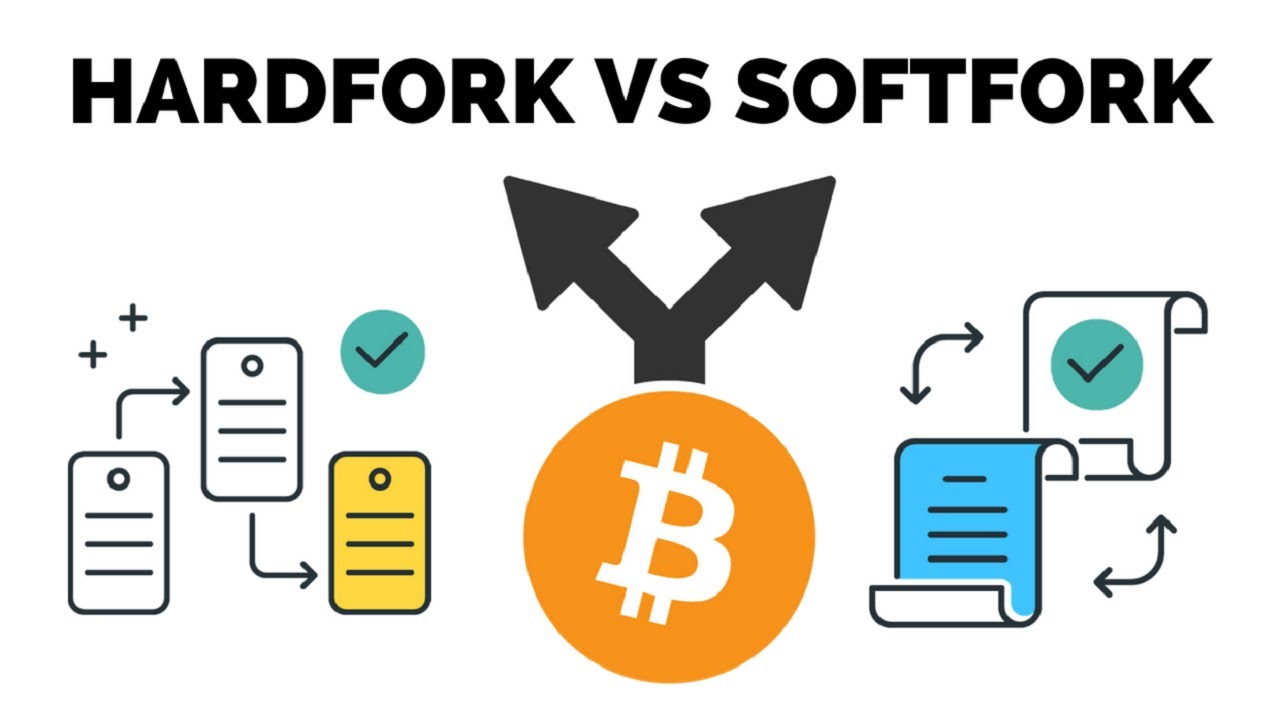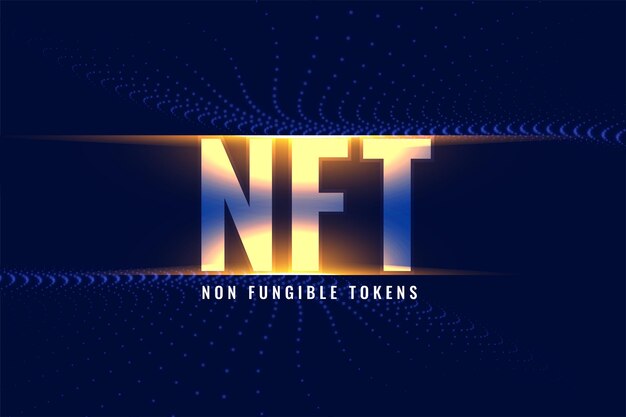A Beginners Guide on Algorithmic Stablecoins

The rapidly evolving landscape of digital currencies has introduced a plethora of innovative financial instruments designed to offer stability amid the tumultuous nature of crypto markets. These unique assets aim to maintain a consistent value, providing a reliable alternative for traders and investors seeking refuge from volatility. The concept revolves around the delicate balancing act of supply and demand, intricately woven into the fabric of these financial products.
As enthusiasts venture into this captivating domain, it becomes essential to grasp the underlying mechanisms that govern these intriguing forms of cryptocurrency. By examining the principles that dictate their performance, we can unlock the potential benefits they offer. This exploration delves into how these assets manage to retain their purchasing power, even when the cryptocurrency market experiences unpredictable swings.
In this analysis, we will highlight the various strategies employed to achieve price stability, shedding light on the innovative approaches that continue to shape the future of digital finance. With a clearer perspective on these mechanisms, individuals can make informed decisions in a space that is both exciting and fraught with uncertainty.
What Are Algorithmic Stablecoins?
In the realm of digital currencies, there exists a unique category that seeks to maintain a constant value despite market fluctuations. These innovative monetary instruments are designed to provide stability and confidence to users while navigating the volatile landscape of cryptocurrencies. By utilizing smart contracts and complex algorithms, they aim to create a self-correcting mechanism that preserves their worth over time.
Mechanism Behind Their Stability
Unlike traditional coins pegged to fiat currencies, these digital assets rely on a set of rules and calculations to adjust their supply in response to demand. When prices rise, additional tokens are often issued to dilute the value, whereas, during price drops, tokens may be bought back, reducing the overall supply. This approach works to keep the price anchored within a target range, promoting trust among users.

Advantages and Challenges
One of the significant benefits of these innovative financial instruments is their decentralized nature, which eliminates the need for a central authority. This can foster a greater sense of autonomy among users and enhance security. However, they also face notable challenges, including susceptibility to market manipulation and the risk of large price swings during extreme conditions. Understanding these dynamics is vital for anyone interested in this evolving segment of the cryptocurrency market.
How Algorithmic Stablecoins Function
The operational mechanics behind these digital monetary systems are both fascinating and intricate. They leverage various methodologies to maintain a consistent value, with the objective of minimizing volatility. By using innovative economic principles, these currencies aim to provide stability in a highly fluctuating market.
Main Components
- Supply Adjustment: These systems dynamically alter the total supply of tokens in circulation to respond to changing demand.
- Incentive Mechanisms: Users are often encouraged to participate in the ecosystem through rewards, helping to stabilize value.
- Governance Models: Many platforms employ a decentralized approach where the community plays a role in decision-making processes.
Mechanisms of Value Maintenance
- Minting and Burning: When demand increases, new tokens can be minted, whereas excess tokens can be burned when demand declines, helping to preserve price stability.
- Collateralization: Some projects utilize assets as collateral to back the value of the currency, which can help to instill trust and stability.
- Market Feedback: These systems collect real-time data to adjust their functions, ensuring responsiveness to market fluctuations.
By employing these strategies, such currencies strive to achieve a stable value, adapting fluidly to the ever-changing economic landscape.
Benefits of Using Algorithmic Stablecoins
The increasing popularity of alternative currencies has led to the emergence of various digital assets designed to maintain their value in a volatile market. Among these, a specific type stands out due to its unique mechanisms aimed at providing stability while preserving the benefits of decentralization.
One of the primary advantages of these digital assets is their ability to automatically adjust supply in response to market demand. This self-regulating feature not only enhances price stability but also encourages greater adoption by ensuring that users can rely on a consistent value.
Moreover, the absence of collateral requirements sets this category apart from traditional pegged currencies. By eliminating the need to hold external reserves, these assets offer a more flexible framework that can support a wide range of applications, from payment solutions to decentralized finance platforms.
| Benefits | Description |
|---|---|
| Price Stability | Automatically adjusts supply to maintain a stable value in fluctuating markets. |
| Decentralization | Operates without a centralized authority, enhancing security and trust. |
| Flexibility | No collateral requirements allow for diverse use cases and integration in various applications. |
| Increased Accessibility | Facilitates access to financial services for individuals in underserved regions. |
| Transparency | Built on blockchain technology, providing an open ledger for tracking transactions. |
In summary, these innovative digital assets present numerous advantages, making them an appealing option for users seeking stability without compromising the core principles of decentralization and accessibility.
Risks and Challenges to Consider
The landscape of digital currencies is filled with innovation, but it also presents a range of uncertainties that participants must navigate. From market volatility to regulatory scrutiny, the potential pitfalls are numerous. Addressing these challenges is essential for anyone interested in this type of financial instrument.
Market Volatility
One of the significant threats to stability arises from fluctuations in the broader market. Prices of assets linked to these financial products can shift dramatically, impacting their perceived value and effectiveness. Participants need to be aware that external factors, such as economic downturns or sudden surges in demand, can lead to unexpected outcomes.

Regulatory Environment
The evolving legislative framework governing digital currencies adds another layer of complexity. Regulatory bodies worldwide are constantly assessing how to approach these instruments, which can lead to potential restrictions or changes in operational guidelines. Keeping an eye on developments in this area is crucial for individuals and entities involved.
Examples of Popular Algorithmic Stablecoins
This section highlights some well-known digital currencies that utilize innovative mechanisms to maintain their value stability. These financial instruments aim to provide a reliable exchange medium while leveraging smart contracts and decentralized finance principles.
DAI
DAI is a decentralized stablecoin developed by MakerDAO. It is pegged to the US dollar and maintains its value through a system of collateralized debt positions. Users lock up cryptocurrency assets in a smart contract, which generates DAI tokens equivalent to a fraction of the value of the collateral. This system allows DAI to remain stable, even amidst market fluctuations.
Frax
Frax is a hybrid stablecoin that combines both collateralized and algorithmic mechanisms. It operates with a unique dual-token system: FRAX, the stablecoin, and FXS, the governance token. The protocol adjusts the proportion of collateral backing FRAX based on market conditions, providing flexibility to maintain its peg while incentivizing participants to ensure robustness.
The Future of Algorithmic Stablecoins
The evolution of digital currencies has paved the way for innovative financial solutions that seek to enhance stability in the highly volatile crypto market. As the demand for alternative monetary systems grows, the mechanisms that govern these digital assets are evolving, promising to reshape the landscape of finance.
Potential Advantages and Challenges
The prospects for these innovative financial instruments are vast, but they exist alongside certain obstacles that must be addressed:
- Scalability: As more users adopt these mechanisms, their ability to adapt to increased demand will be essential for long-term viability.
- Trust and Transparency: Building confidence in these systems will require transparency in their operations and governance models.
- Regulatory Compliance: Navigating the complex landscape of financial regulations will be crucial for legitimacy and broader acceptance.
Future Developments to Watch
As the market matures, several developments may influence the trajectory of these digital assets:
- Interoperability: Enhancements in cross-chain technology could foster greater connectivity between different digital ecosystems.
- Integration with Traditional Finance: Collaborations with established financial institutions may bring increased credibility and accessibility.
- Innovative Governance Models: Experimentation with decentralized governance could empower users and promote active participation in decision-making processes.

In conclusion, the future of these financial mechanisms holds great promise, yet requires continuous adaptation and innovation to fully realize their potential in a rapidly changing financial landscape.
Q&A: A beginner guide on algorithmic stablecoins
What are algorithmic stablecoins and how do they work?
Algorithmic stablecoins are a type of cryptocurrency designed to maintain a stable value, usually pegged to a fiat currency like the US dollar. Unlike traditional stablecoins that back their value with reserves of fiat currency or other assets, algorithmic stablecoins use algorithms and smart contracts to manage their supply dynamically. When the price of the stablecoin deviates from its pegged value, the algorithm automatically adjusts the supply by either increasing or decreasing tokens in circulation. For instance, if the price rises, new tokens might be minted to bring the price down, while if the price falls, tokens may be bought back and removed from circulation to decrease supply and stabilize the price.
What are the benefits of using algorithmic stablecoins compared to traditional stablecoins?
The primary benefits of algorithmic stablecoins include greater decentralization and lower reliance on collateralization. Traditional stablecoins, like USDT or USDC, require real-world assets to maintain their peg, which can create regulatory challenges and operational costs. Algorithmic stablecoins, on the other hand, aim to minimize these costs by relying on market dynamics and smart contracts to maintain their value. This can potentially lead to a more flexible and scalable stablecoin ecosystem, as they are designed to respond quickly to market conditions without the need for physical backing.
Are algorithmic stablecoins risky investments?
Yes, algorithmic stablecoins can be considered risky investments. While they aim to maintain price stability, their reliance on algorithms and market mechanisms can lead to significant price fluctuations, especially in volatile market conditions. Historical examples, such as the collapse of TerraUSD (UST), highlight how algorithmic stablecoins can fail, leading to substantial losses for investors. It is crucial for potential investors to conduct thorough research, understand the underlying mechanics, and consider the risks associated with these types of assets before investing.
How do I choose a reliable algorithmic stablecoin?
When selecting a reliable algorithmic stablecoin, there are several key factors to consider: first, examine the overall market reputation and track record of the stablecoin. Look for projects with transparent development teams and strong community support. It’s also essential to review the underlying mechanics of the stablecoin, including how its algorithms are designed to maintain stability and how they have performed during market fluctuations. Finally, checking audits and regulatory compliance can provide additional assurance about the project’s reliability and security. Always remember that thorough due diligence is critical in the volatile cryptocurrency space.
Can algorithmic stablecoins be used for transactions like traditional stablecoins?
Yes, algorithmic stablecoins can be used for transactions just like traditional stablecoins. They can be transferred, traded, and utilized in various applications, including decentralized finance (DeFi) platforms, remittances, and everyday purchases. However, the key aspect to consider is that their price stability might not be as robust in times of extreme market volatility, which could affect their usability. Users planning to adopt algorithmic stablecoins for transactions should stay informed about their price stability mechanisms and any associated risks.
What are algorithmic stablecoins, and how do they differ from traditional stablecoins?
Algorithmic stablecoins are cryptocurrencies designed to maintain a stable value through algorithms and smart contracts, rather than being backed by traditional assets like fiat currency or commodities. Unlike traditional stablecoins, such as USDT or USDC, which are pegged to a specific currency and backed by reserves, algorithmic stablecoins use supply and demand mechanics to stabilize their value. When the price rises above a certain threshold, the system may increase the supply of coins to bring the price back down. Conversely, if the price falls, the system will reduce the supply to support the price. This flexibility allows algorithmic stablecoins to potentially be more resilient to market fluctuations, but they also come with increased risks due to their reliance on algorithms and market dynamics.
What are the risks associated with investing in algorithmic stablecoins for beginners?
Investing in algorithmic stablecoins can be enticing due to their potential for price stability; however, beginners should be aware of several risks. Firstly, algorithmic stablecoins rely heavily on complex algorithms and community trust, which can lead to vulnerabilities if the system fails or is exploited. Secondly, unlike traditional stablecoins that offer tangible backing, algorithmic stablecoins can be more volatile during major market fluctuations, potentially losing their peg. Additionally, many algorithmic stablecoin projects may be experimental or still in development, which increases the risk of project failure or lack of liquidity. It’s essential for beginners to conduct thorough research, understand the operational mechanics behind the specific algorithmic stablecoin, and consider the overall market conditions before investing.
What are the main types of algorithmic stablecoins?
The main types of algorithmic stablecoins include seigniorage algorithmic stablecoins, fractional algorithmic stablecoins, and rebase-style stablecoins. Seigniorage algorithmic stablecoins rely on multiple tokens to stabilize value, fractional algorithmic stablecoins combine collateralization with algorithmic mechanisms, and rebase-style stablecoins adjust supply dynamically to maintain their peg.
How do seigniorage algorithmic stablecoins maintain their stability?
Seigniorage algorithmic stablecoins maintain stability by using two tokens: one represents the stablecoin, and the other is used for absorbing volatility or balancing supply. The system adjusts the supply of the stablecoin based on market demand, issuing or burning tokens to maintain its peg.
What are fractional algorithmic stablecoins, and how do they work?
Fractional algorithmic stablecoins combine aspects of collateralized and algorithmic stablecoins. They are partially backed by reserves like fiat or crypto and rely on algorithmic mechanisms to maintain their peg. This structure provides a balance of stability and efficiency, reducing the need for full collateralization.
What are the pros and cons of algorithmic stablecoins compared to other types of stablecoins?
Algorithmic stablecoins offer decentralization, scalability, and reduced reliance on physical collateral, making them appealing for blockchain ecosystems. However, they carry risks like instability during high market volatility, complex mechanisms prone to failure, and a lack of regulation in the stablecoin market.
How does the structure of seigniorage-style stablecoins differ from rebase-style stablecoins?
Seigniorage-style stablecoins use a multi-token system where one token absorbs volatility to stabilize the primary stablecoin. In contrast, rebase-style stablecoins adjust the total supply of the stablecoin across all wallets to maintain its peg, eliminating the need for additional tokens or collateral.


